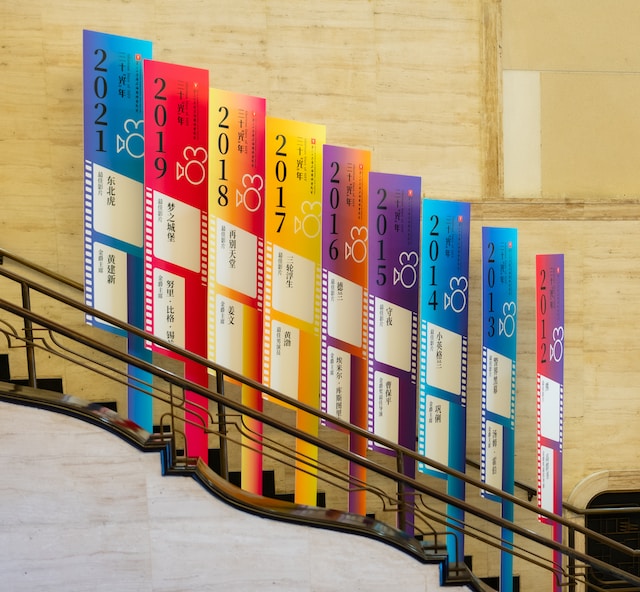
Key takeaways:
- Under the Chinese law, punitive damages refer to the amount determined by the court to be one to five times the compensation awarded to the right holder suffering from malicious IPR infringement.
- As of the end of 2022, the Pudong New Area Primary People's Court, Shanghai, had handled up to 25 IPR cases where punitive damages were awarded. The total compensation awarded in these 25 cases was CNY 35,587,054.85 (around USD 5.5 million), with the punitive damages amounting to CNY 18,294,778.46 (around USD 2.8 million).
Under Chinese intellectual property law, courts may impose punitive damages on malicious infringers of intellectual property rights (IPRs).
Judges Wu Zhiyong (吴智永) and Zhuang Yuqing (庄雨晴), from the Pudong New Area Primary People's Court, Shanghai (hereinafter referred to as the “Pudong Court”), have written an article discussing the court's handling of IPR infringement cases where punitive damages applied. This article may shed some light on the application of punitive damages by Chinese courts.
The said article, "Exploring the Judicial Application of Punitive Damages for Intellectual Property Rights Infringement: A Study Based on Cases Handled by the Pudong New Area Primary People's Court, Shanghai" (知识产权惩罚性赔偿制度司法适用问题探究——以上海市浦东新区人民法院知识产权惩罚性赔偿案件为样本) was published in “Electronics Intellectual Property” (电子知识产权) (No. 3, 2023). The lead author of the article, Judge Wu Zhiyong, is the Chief Judge of the Intellectual Property Division of the Pudong Court.
I. Legal framework
China first introduced punitive damages in trademark infringement cases when it amended its Trademark Law in 2013, and later introduced the same in trade secret infringement cases when it amended the Anti-Unfair Competition Law in 2019. Later on, in 2020, both the Patent Law and the Copyright Law, which were successively amended, introduced punitive damages.
Article 1185 of the Civil Code, which officially came into effect on 1 Jan. 2021, further confirms the punitive damages for intellectual property rights on a civil fundamental law level. China has now established a sound system of punitive damages for intellectual property rights.
Under Chinese law, punitive damages refer to the amount determined by the court to be one to five times the compensation awarded to the right holder suffering from malicious IPR infringement.
The compensation amount, which serves as the basis for calculating punitive damages, will be determined by the court in the following ways:
1. Actual losses: where actual losses can be determined, the compensation amount shall be determined according to the actual losses suffered by the right holders as a result of the infringement;
2. Infringer's profits: where actual losses cannot be determined, the compensation amount may be determined according to the profits gained by the infringer from the infringement; and
3. Reasonable multiples of royalties: where it is difficult to determine the losses suffered by the right holder or profits gained by the infringer, the compensation amount may be determined by reference to the reasonable multiples of the royalties of such IPR.
II. Cases tried by the Pudong Court
1. Number of cases
By the end of 2022, the Pudong Court had handled up to 25 IPR cases where punitive damages were awarded.
The total compensation awarded in these 25 cases was CNY 35,587,054.85 (around USD 5.5 million), of which the punitive damages awarded (excluding compensatory damages and reasonable expenses) amounted to CNY 18,294,778.46 (around USD 2.8 million). The highest amount awarded in these cases was CNY 9,954,777 (around USD 1.5 million), and the lowest was CNY 186,204 (around USD 28,700).
2. Calculation of punitive damages
As mentioned earlier, the amount of punitive damages is calculated by multiplying the compensation amount by one to five times.
(1) Compensation amount
The existing cases have already covered the above three bases for calculating the amount of compensation: actual losses, infringer's profits, and reasonable multiples of royalties. There was also one case in which the compensation amount was agreed upon by both the plaintiff and the defendant.
Out of the 25 cases, there are 14 cases where the plaintiff's actual losses are used as the basis for calculating punitive damages, nine cases where the infringer's profits are used, one case where a reasonable multiple of royalties is used, and one case where an agreed compensation amount is used as the basis for calculating punitive damages.
(2) Multiples
In determining the multiples of punitive damages applied in intellectual property cases, among the 25 cases mentioned above, there are 17 cases where two times the compensation amount is used, two cases where 2.5 times is used, three cases where three times is used, and one case where four times is used. In addition, there are two cases in which the amount of compensation was calculated as five times the base amount.
3. Certain types of disputes are more heavily associated with punitive damages claims
All of the above-mentioned 25 cases involved disputes over trademark infringement and unfair competition.
Although the amended Anti-Unfair Competition Law, Patent Law, and Copyright Law have already introduced punitive damages, the Pudong Court has not yet heard any related cases.
III. Our comments
With respect to the multiples of punitive damages, Chinese intellectual property laws have set a range of one to five times the compensation amount. According to the judicial interpretation of the Supreme People's Court of China, the multiples of punitive damages should take into account such factors as the degree of subjective fault of the defendant and the seriousness of the infringement. However, in practice, the lack of specific reference standards makes it difficult for judges to determine the multiples of punitive damages within such a large range provided by law.
Chinese local courts are now attempting to address this issue. For example, Articles 3.15-3.19 of the "Guidelines for the Application of Punitive Damages in Civil Cases Involving Intellectual Property Rights Infringement" (北京市高级人民法院关于侵害知识产权民事案件适用惩罚性赔偿审理指南) issued by the Beijing High People's Court set out a range of factors that should be taken into account when determining multiples of punitive damages applicable to different IPR infringements. This can, to a certain extent, ensure the uniform application of laws on punitive damages against IPR infringements as judges have discretion in determining the specific punitive damages based on their own understanding.
Photo by Declan Sun on Unsplash
Contributors: Guodong Du 杜国栋









